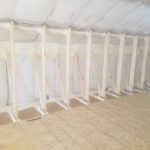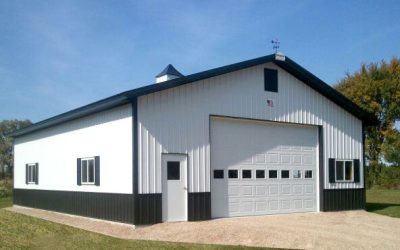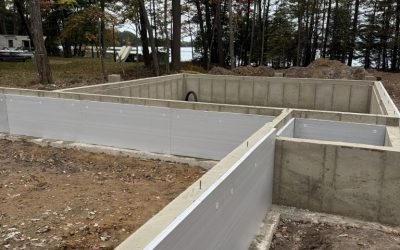
Did you know that kneewalls are often built without the ability to be insulated correctly? These walls separate conditioned space from unconditioned space, such as attics. As a result, they can lead to drops in efficiency and comfort for the entire home.
At RVI, our building science experts have spotted kneewalls as a common reason for poor energy performance and durability issues in the homes of our customers. Not only have we identified the flaw, but we also now work towards fixing this easily and efficiently in new builds.
As always, we also learn from those around us in the field. Jamison Knowlton with On Site Performance Testing states that proper air sealing and thermal boundary need to be continuous to ensure proper performance.
In addition, he affirms that retention is the name of the game. With energy costs going up, all contractors need to work hard to make sure that homeowners retain what we produce at a higher level. Reducing holes in your home helps to retain a house’s energy for longer, lowering energy bills.
How to properly build a kneewall for insulation that lasts
To plug the efficiency hole that kneewalls produce, the work needs to begin when the kneewall is first built. The back side of the kneewall should be sheathed, just like an exterior above grade wall, and the top and bottom connections are plated. Optimal insulation performance will occur when a wall is enclosed on all six sides.
At RVI, we are working closely with our builders to share knowledge about kneewalls and how to prevent air leakage. Every one of our team members is eager to improve how they work for the benefit of our valued customers.
We hope this blog post helped. Do you have any tips of your own about making kneewalls more efficient? We’d love to hear from you!



